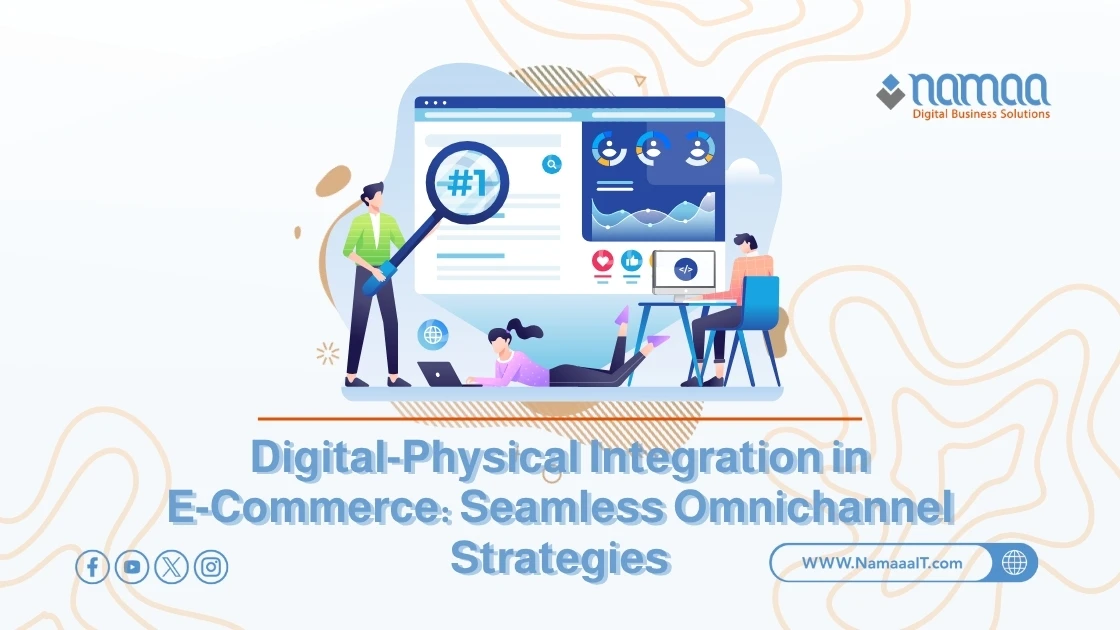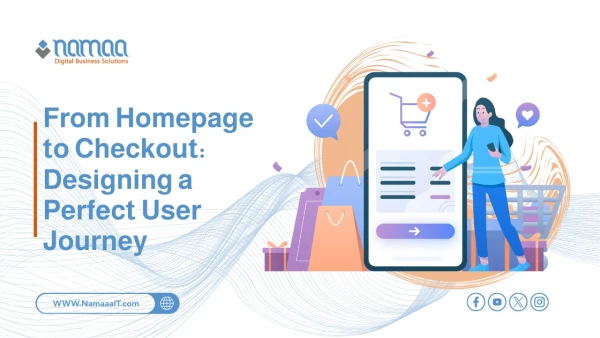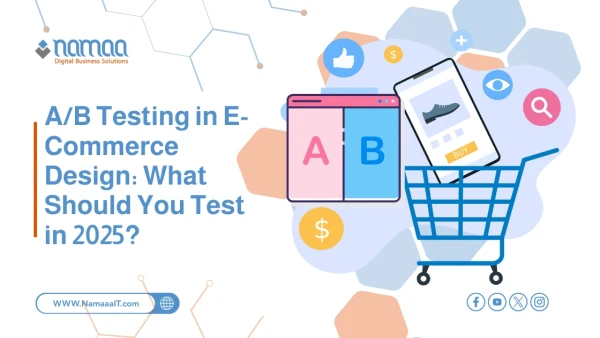In an era of rapid technological innovation, shopping has evolved beyond tapping screens or browsing physical aisles. Today’s customer experiences a unified journey between digital and physical worlds—brands strive to deliver seamless transitions from online storefronts to real‑world interactions. This digital‑physical integration is now a cornerstone of customer loyalty and satisfaction, powered by advanced tools like augmented reality (AR), smart point‑of‑sale systems, and multichannel purchasing experiences. In this article, we explore the top technologies reshaping how consumers engage with brands today.
What Is Digital‑Physical Integration in E‑Commerce?
Digital‑physical integration combines the online experience (browsing, viewing, e‑pay, etc.) with offline interactions (in‑store visits, physical pick‑up) under a unified brand umbrella. Previously, digital and physical channels operated in silos, causing fragmented user experiences. Now consumers expect consistent product availability, unified service, and seamless transition from an online shopping cart to physical pick‑up points—making this integration essential for brand loyalty and growth.
Why Brands Can’t Ignore Digital‑Physical Integration
In a fast‑changing marketplace, competition goes beyond price and product—it centers around the complete customer experience. Brands must now:
Synchronize online and in‑store inventory for accurate availability.
Offer click‑and‑collect options to minimize wait times.
Maintain consistent communication and support across channels.
Track behavior across platforms to personalize offers and services.
Brands failing at this integration risk losing customers to more cohesive competitors.
How Consumer Behavior Has Evolved
| Behavior Shift | Before | Today |
|---|---|---|
| Product Discovery | In‑store or via ads | Online research and search engines |
| Decision Making | Based on advice or experience | After comparing prices and reading reviews |
| Purchase Location | Physical stores | Mixture of digital and physical points |
| Speed and convenience | Acceptable wait | Expect immediate and frictionless transactions |
| Brand interaction | Limited | Continuous across multiple platforms |
Brands must dismantle the digital/physical divide and design unified journeys at every touchpoint.
Bridging Online and Offline with Augmented Reality
AR transforms e‑commerce by delivering lifelike digital previews of real products. It helps reduce hesitation and returns by enabling:
- Home preview of furniture via smartphone AR.
- Virtual fitting of apparel to find the right size.
- Interactive 3D product displays.
- step‑by‑step AR assembly instructions.
- This immersive interaction connects digital visions with real‑world expectations.
QR Codes: A Simple Bridge Between Worlds
QR codes provide instant access from offline items to digital content without app installation—use cases include:
- Shelf tags linking to product info.
- Demo videos and customer reviews.
- Location‑based discounts or coupons.
- In‑store prompts to buy out‑of‑stock items online.
- Quick loyalty sign‑up or newsletter subscription.
They offer a frictionless, integrated touchpoint for consumers.
The Role of Mobile Apps in Seamless Shopping
Mobile apps serve as vital connectors between digital convenience and physical availability. Key functionalities include:
- Checking in‑store availability before a visit.
- Location‑aware push notifications for in‑store promotions.
- Scanning products in‑store for added info or reviews.
- Personalized recommendations and purchase history.
- Digital loyalty cards and in‑store redeemable offers.
These features enable fluid transitions between online impressions and in‑person shopping.
Synchronizing Online and Offline Inventory
Successfully unifying channels means managing physical and digital inventory together. Traditional systems create frustration—customers order online only to find items unavailable in reality. Modern systems deliver:
| Inventory Management | Traditional | Integrated, Real‑Time |
|---|---|---|
| Update frequency | Manual, delayed | Automated, instant |
| Availability checks | Person-to-person | Via website/app |
| Error Rate | High | Very low |
| Branch inventory visibility | Limited | Shared, centralized |
| Multichannel order handling | Inefficient | Smooth and interconnected |
Real-time sync improves customer trust, reduces errors, and allows data-driven planning.
The Future: Full Tech‑Physical Convergence
With AI, AR, and IoT advancing, retail’s digital and physical realms will blend seamlessly. Future innovations include:
- Smart stores adapting dynamically to shopper presence.
- Invisible checkouts via biometrics or digital wallets.
- Interactive mirrors offering AR try-ons.
- Service robots guiding shoppers and answering product questions.
This convergence demands robust digital infrastructure that protects privacy while delivering humanized digital experiences. The question isn’t if we’ll merge digital and real shopping—it’s when it becomes standard.
FAQs
Multichannel vs. Omnichannel?
Multichannel means offering multiple sales paths (web, app, store).
Omnichannel delivers fully synchronized, seamless customer journeys across all these points.
- How does smart checkout enhance integration?
Contactless payments, mobile wallets, QR‑based checkouts—these reduce friction and maintain continuity between online and in‑store interactions. - Is personalization possible in physical stores?
Yes—via smart cameras, Bluetooth beacons, or phone detection, messages or discounts can activate for returning customers in‑store. - How does tracking support integration?
By tracking in‑store movement, online clicks, and order phases, brands optimize shelf placement, communication touchpoints, and conversion paths. - What’s the role of digital loyalty programs?
Linked loyalty accounts let customers earn and redeem rewards online or offline, maintaining a unified experience.
Summary of Key Impact Metrics
✅ 80% of consumers prefer integrated shopping with digital and physical benefits.
✅ 30% revenue uplift typically follows omnichannel adoption.
✅ 40% lift in AR‑showcased purchases.
✅ 50% more engagement via smart mobile apps.
✅ 25% fewer inventory errors with real‑time stock updates.









